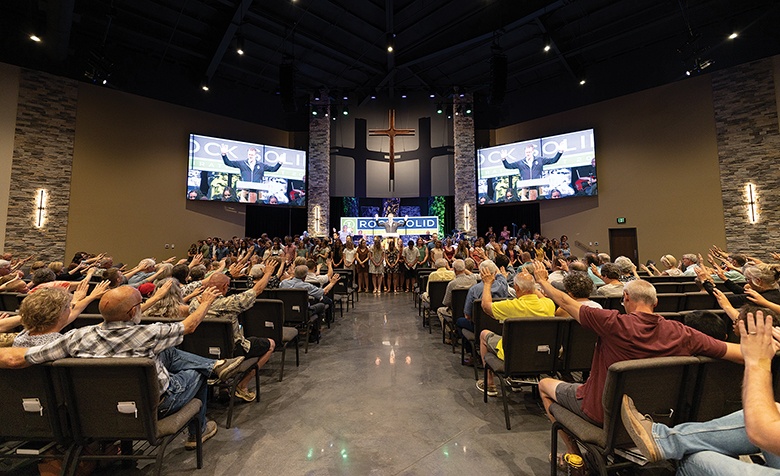
For leaders at Bethel Lutheran Church, the signals that it was time to expand were not subtle.
By RaeAnn Slaybaugh
At the home church in Fergus Falls, Minn., nearly 90 cars per worship service had to park off-campus and walk to church — and this was across three services.
Inside the sanctuary, two of those three services were regularly past 80-percent seating capacity.
Elsewhere on the campus, youth ministries had outgrown their space; the fellowship hall was, at times, too small; the kitchen needed updating; and Children’s Sunday School was experiencing 20-percent growth.
Meanwhile, the church at the second campus in Battle Lake — about 20 miles away — were also beyond capacity.
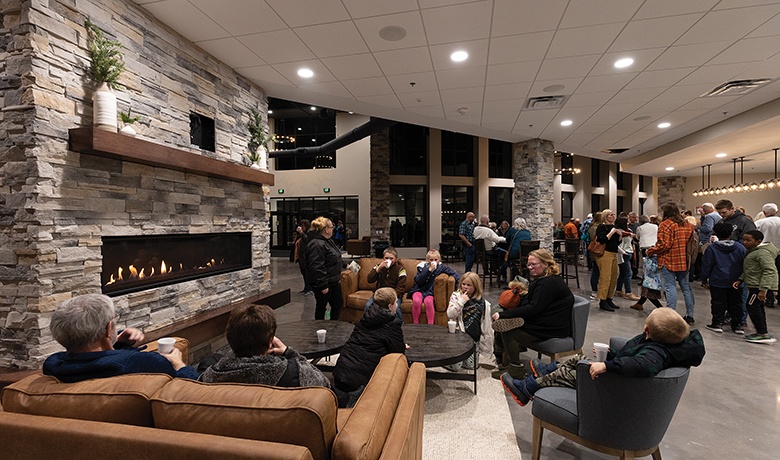
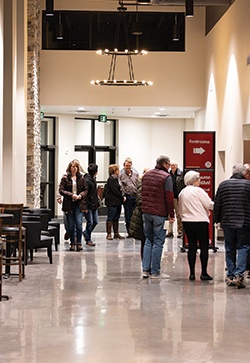 Additionally, Lead Pastor David Foss, Director of Operations Kate Haus, and the rest of the leadership team set their sights globally, aiming to build a school capable of reaching the children of Boudamasa, Chad.
Additionally, Lead Pastor David Foss, Director of Operations Kate Haus, and the rest of the leadership team set their sights globally, aiming to build a school capable of reaching the children of Boudamasa, Chad.
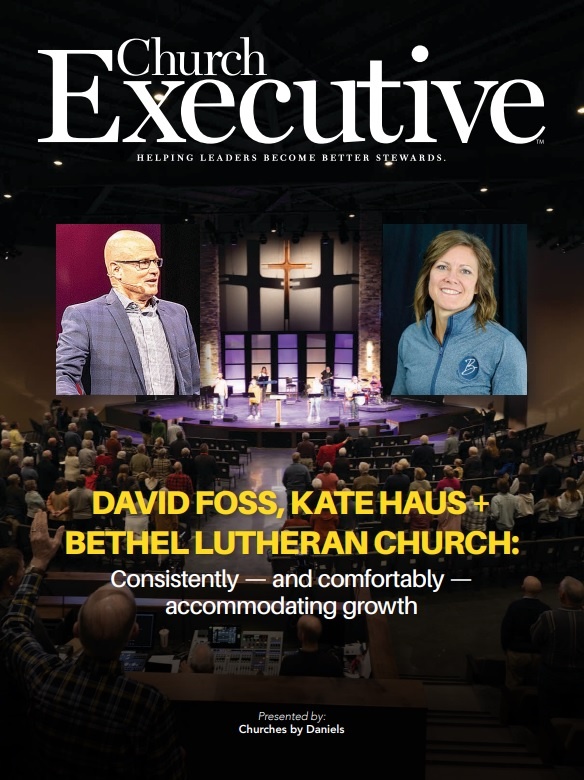
“Down through the centuries, God has been telling His people to make room,” Foss explains. “We make room because our God is a missionary God, and we are a missionary people. To make a difference in someone else’s life, we need to make room in our lives and in our facilities. In our prayer life, in our schedule, in our hearts, at our kitchen table, in our giving, maybe even in our passport.
“In other words,” he says, “to make a difference, we need to make room.”
With this spirit at the forefront, the team set out to fund the church’s biggest building project in 40 years with a multimillion-dollar capital campaign that was appropriately named: Make Room.
Deep roots, healthy growth
For Haus — a longtime church member — the need for such significant expansion was a blessing, but not an unexpected one.
“We just lift up the name of Jesus, and that’s why we’ve been consistently growing,” she says of the 112-year-old church. “Generally, we’ve needed to expand every 20 years or so.”
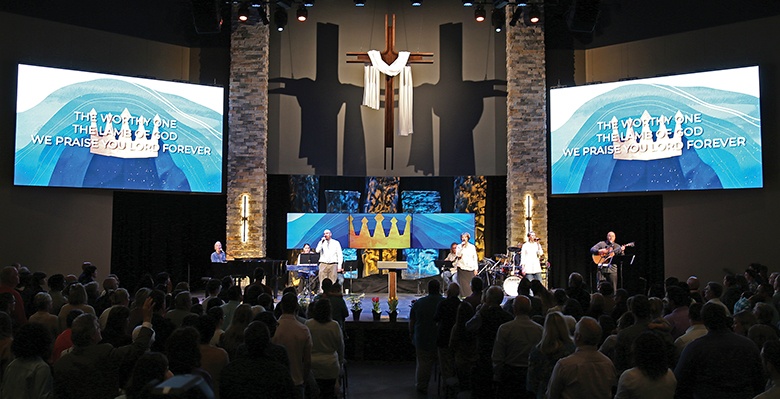
 Indeed, Bethel Lutheran Church built its original building in 1957 and a new sanctuary between 1979 and 1980. In 1999, the children’s education wing was added to the north side of the building, providing more room for ministry to children and young families.
Indeed, Bethel Lutheran Church built its original building in 1957 and a new sanctuary between 1979 and 1980. In 1999, the children’s education wing was added to the north side of the building, providing more room for ministry to children and young families.
Fast-forward to today, and the church is once again focused on accommodating growth with its facilities.
“Now, we’re asking how we can make room for others who will follow us,” Foss points out.
To do it, he, Haus and the church’s building committee vetted three design-builders. They did their due diligence and checked references. In the end, Churches by Daniels emerged as the right fit for a handful of reasons.
“It was because of their reputation and intention: to lift up the name of Jesus, like we do,” Haus recalls. “When we called their clients, they all reinforced our sense that the Churches by Daniels team held this same mindset.”
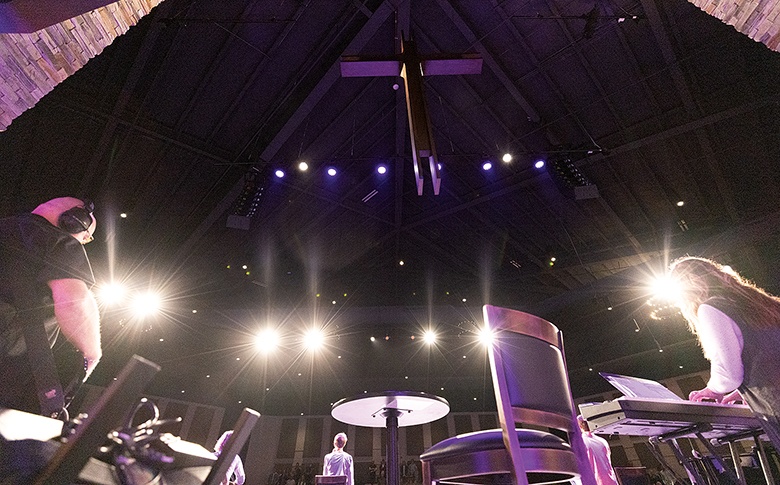
Even though the firm is headquartered more than 800 miles away, the distance posed no significant issues. This is in large part because Churches by Daniels routinely hires local project managers to oversee church building projects all over the country. In this case, they brought on Pete Draxten, an experienced local project manager who not only lives two blocks away from the church but was a member for 10 years; he was married there, and all his children were baptized in the sanctuary.
Even better, Draxten’s local presence also meant that he knew the subcontractors well.
Last but not least, he was able to put in long days onsite (sometimes as much as 16 hours) and even perform some of the work himself, as needed, to ensure the timeline was adhered to.
“I really wanted this [project] to succeed,” he says. “It was kind of a hometown-pride thing.”
What success looks like
“The big thing was that [Bethel] was running out of room — and how do you do a large expansion to a church that has been in the same spot for so long?” Draxten adds. “All that time, the church kept growing and growing and growing to the point where it only had so much land. So, the challenge became how to maximize the land that it had and still end up with the parking and square footage it needed to meet its expansion needs.”
At the main campus in Fergus Falls, adding more parking was a priority. Purchasing the soccer field to the west of the existing parking lot — land owned by the Church of the Lutheran Brethren — helped immensely in meeting this need.
Prioritizing history & the church family, by design
By all accounts, leaders at Bethel Lutheran Church have always prioritized the church’s long history in the community, as well as its relationship with the members and families who call it home. In terms of this latest expansion project, this meant a commitment to seamlessly blending existing spaces with new and/or renovated spaces to make certain all are high-quality and consistent.
“We wanted to ensure that no part of the building seems outdated and, therefore, was used less,” explains Director of Operations, Kate Haus.
It’s an excellent practical approach — but, as Haus adds, this commitment to maintaining elements of the church’s design in the new spaces is also for sentimental reasons. Case in point: the cross hanging over center stage.
Created in 1980 for the sanctuary, the cross was 14 feet tall and 10 feet wide. Two architectural lights shone on it at angles, casting the reflection of three crosses, representing the image of the Crucifixion.
Church members and leaders agreed that they wanted the same cross for the new worship center. To get an exact replica, a local woodworker was enlisted to measure the original cross, take hundreds of photos for reference, and recreate it down to the last detail.
“When it was hung, there were maybe 50, 60 people in there watching,” recalls Project Manager Pete Draxten. “When we flipped on the lights, everyone was just cheering and happy and into it.
“That’s a big deal to [Bethel Church]: keeping the traditional feel of the church present in the new sanctuary,” he says.
Additionally, Foss, Haus and their team at Bethel Church added a 732-seat sanctuary to offer expanded seating and a much-improved fellowship experience in the lobby. Now, worshippers now enjoy a large foyer with a coffee area, meeting spaces, a nursery and nursing rooms, and even a striking fireplace and discrete coat closet for the cold Minnesota winters.
 “That was huge for us because it used to be busy out there, lots of traffic,” Haus recalls. “It was like leaving a major sporting event; you definitely didn’t feel like you could stop and talk.” True to form, 300 people were coming out of the sanctuary while 300 people were going in before and after services.
“That was huge for us because it used to be busy out there, lots of traffic,” Haus recalls. “It was like leaving a major sporting event; you definitely didn’t feel like you could stop and talk.” True to form, 300 people were coming out of the sanctuary while 300 people were going in before and after services.
Additionally, the existing sanctuary was converted to a beautiful chapel and fellowship space, including a choir loft and a new warming kitchen to maximize the space’s functionality.
Finally, the existing fellowship hall became a youth space, and a spacious check-in area was added to the children’s wing for parents’ peace of mind.
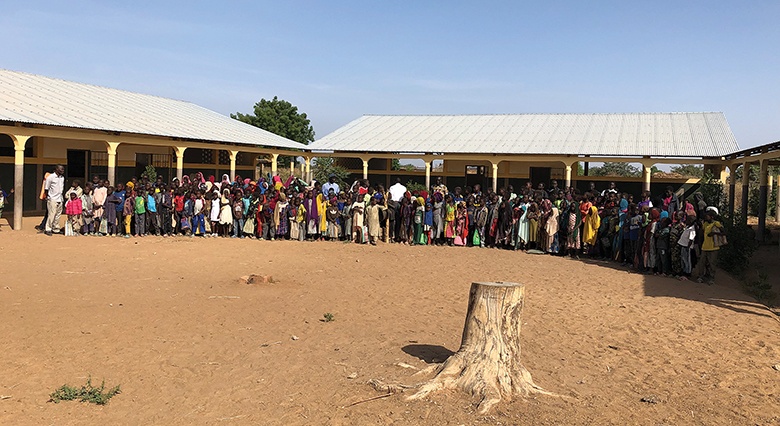
As part of the Make Room initiative, Bethel Lutheran church raised funds to build the Gethsemene De Muebe school, run by Lutheran Brethren Missionaries. As demand increases, leaders plan to add more teachers, classes and buildings in coming years.
In the end, the large-scale project ran so smoothly that Churches by Daniels decided to welcome Draxten to the team, full-time.
“He did an incredible job,” says Director of Marketing and Public Relations Alaina Butler. “He’s not going to tell you that, but I will. We love [project managers] who know the local subcontractors. Pete worked so hard to give Bethel Church an incredible experience and an incredible final result.”
An enduring tradition of growth
With the expansion / renovation project nearly completed, leaders at Bethel Lutheran Church are already seeing significant growth. As of press time, all worship services are already 85-percent full.
“The outcomes have been great,” Draxten says. “Bethel Church got the biggest bang for their buck, using the land they had.”
QUICK FACTS ABOUT
BETHEL LUTHERAN CHURCH:
Year established: 1912
Number of locations: 2
Number of staff (full- and part-time): 8 / 18
Average weekly attendance: 1,000
2023 budget: $1.8 million
Now, Pastor Foss, Kate Haus and their entire team are better able to open up the campus for weekday / weeknight use by community organizations, including Kiwanis, Rotary, parachurch ministries, and various business groups.
PRO TIP: Bethel Lutheran Church’s project committee — which managed the expansion efforts from start to finish — included zero pastoral staff member.
“It was very much on purpose, so that [pastoral staff] could focus on the work they do and not be tied down by ‘building things,’” explains Director of Operations Kate Haus. “That project committee was integral and a great support for me.”
“They don’t want it just to be a Wednesday-and-Sunday thing,” Draxten points out.
Haus echoes his sentiment and says the church’s reason for this is simple.
“It’s a comfortable space for us, but we didn’t build this for us,” she explains. “Really, it’s about people who aren’t even here yet. That has been the driving force, strategy and mindset that we’ve encouraged the entire congregation to have all along the way.
“Inviting the community in has not only engaged them, but also brought people into the church who might not otherwise have found themselves here,” she adds.


